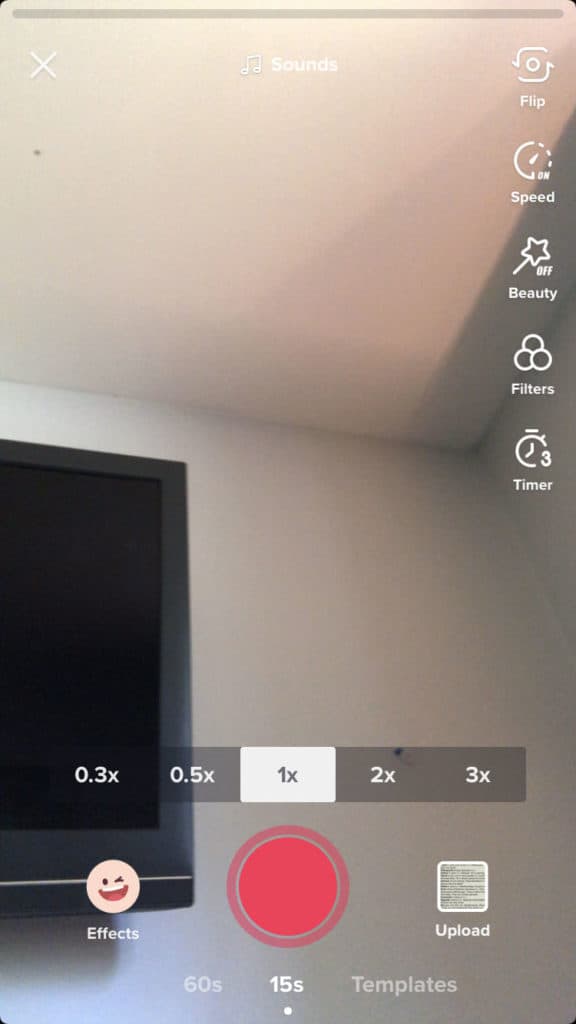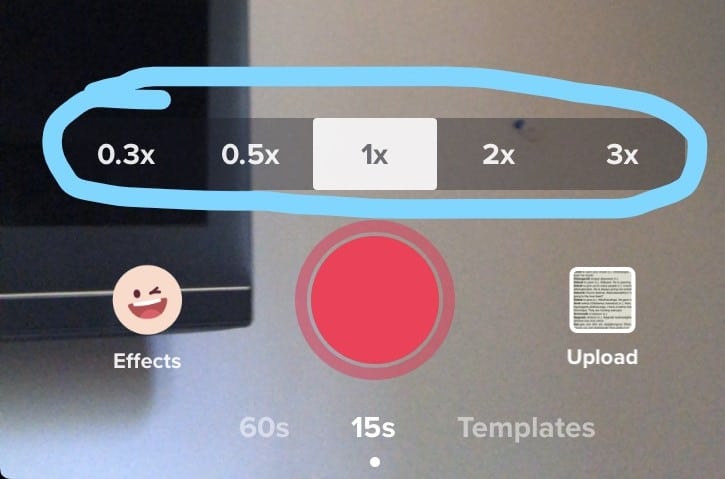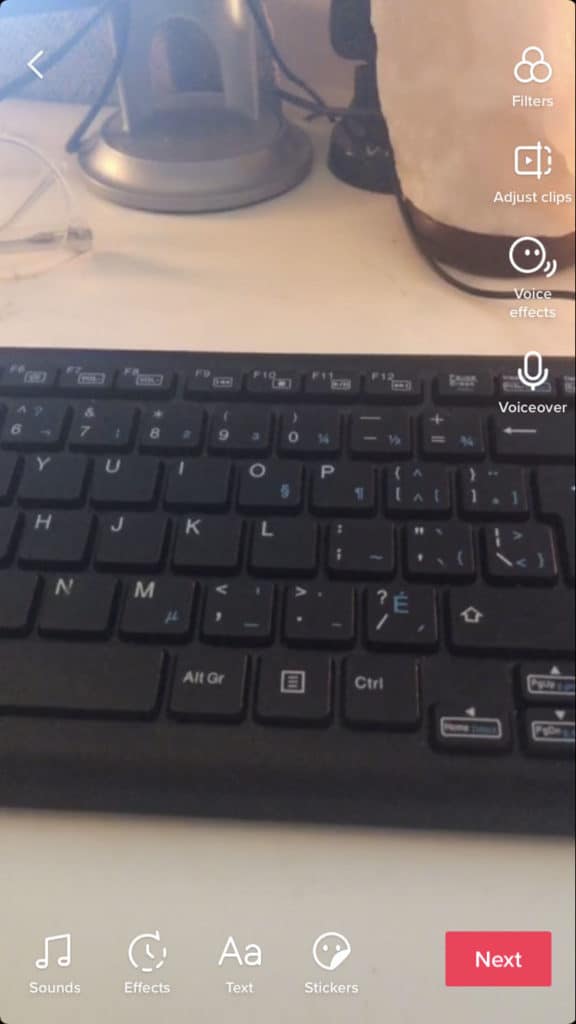Introduction
In this module, students share and discuss music videos on YouTube and their lyrics to identify elements of healthy and unhealthy relationships. They will learn how digital media portrays healthy and unhealthy sexuality. In the bigger picture, students will discuss music lyrics and images, and begin to critically analyze the messages behind music videos and how these have an impact on their lives.
Learning Goals
Students will be able to identify aspects of a healthy relationship and signs and symptoms of an unhealthy relationship. They will find resources they can access to get support to leave an unhealthy situation. In groups, students will create TikTok videos in which they are free to discuss any topics that relate to relationships and sexuality. Note: It is critical to ensure you have permission to record students and that they know this video will not be made public but is only for class use. They must agree to norms of respect, trust, right to pass and confidentiality.
Vocabulary
- Sexuality
- A term that encompasses sex, gender identities and roles, sexual orientation, eroticism, pleasure, intimacy and reproduction. Sexuality is experienced and expressed in thoughts, fantasies, desires, beliefs, attitudes, values, behaviours, practices, roles and relationships. While sexuality can include all of these dimensions, not all of them are always experienced or expressed. Sexuality is influenced by the interaction of biological, psychological, social, economic, political, cultural, ethical, legal, historical, religious and spiritual factors. (Adapted from Public Health Agency of Canada, Canadian Guidelines for Sexual Health Education, [rev. ed.], 2008, 5.)
- Sexual Health
- A state of physical, emotional, mental and social well-being in relation to sexuality; it is not merely the absence of disease, dysfunction or infirmity. Sexual health requires a positive and respectful approach to sexuality and sexual relationships, as well as the possibility of having pleasurable and safe sexual experiences, free of coercion, discrimination and violence. For sexual health to be attained and maintained, the sexual rights of all persons must be respected, protected and fulfilled. Sexual health is influenced by a complex web of factors ranging from sexual behaviours, attitudes and societal factors, to biological risk and genetic predispositions. (Public Health Agency of Canada, Canadian Guidelines for Sexual Health Education, [rev. ed.], 2008, 5.)
- Abusive Behaviour
- Behaviour that is intended to intimidate, isolate, dominate or control another person, which may be a single incident or a pattern of behaviour. Abusive behaviour includes physical abuse, sexual abuse and exploitation, neglect, emotional maltreatment and exposure to domestic violence.
- Gender-based Violence
- Any form of behaviour – including psychological, physical and sexual behaviour – that is based on another individual’s gender and is intended to control, humiliate or harm that individual. This form of violence is generally directed at women, girls, trans people and is based on an attitude or prejudice, which can be conscious or unconscious and which exists on the individual and institutional level, that aims to subordinate an individual or group on the basis of their sex and/or gender identity.
Guiding Questions
- Do you think popular culture and music videos promote healthy or unhealthy relationships?
- Are all types of relationships (e.g. heterosexual, LGBTQ+) depicted in music videos? Why or why not?
- Can you suggest a musical or graphic artist who represents a positive healthy relationship in their work?
Curriculum Links
This module has students evaluate the factors that make relationships healthy or unhealthy, which is a good fit when studying the dynamics of human relations in some Social Science curricula. Students will also examine how the media has an effect on people’s view on relationships. These expectations can easily be carried over to the Health and Physical Education curriculum. Cross-curricular links can also be made to subjects including Civics (human rights, harassment, legal implications), Digital Media (critical thinking and consumption of digital media), World Studies (gender issues across cultures), Communications Technology (creating games and apps to promote healthy relationships) and Conflict Resolution (communication, self-esteem, boundary-setting).
Materials
- Cross the Line statements (see below)
- Deck of playing cards
- Laptop and projector to show videos (optional)
- Discussion starter sheets for music video
- Ticket out the Door sheets (one per student)
Non-Computer Introduction Activity
1. Cross the Line Icebreaker
Have students stand on a line facing the instructor. Remind them that it is important to respect each other and be understanding, because everyone has had different life experiences. Students step forward when a statement applies to them and backward if it does not. After each statement, students return to the starting line in preparation for the next statement. Teachers can use their own statement or use the statements below:
- You play sports
- You have left Canada
- You like oatmeal
- You have been bullied at school
- You have a step-parent
- You are an only child
- You are a leader
- You have judged someone on the way they look
- You like chocolate
- You have felt left out of a game or activity
- You have eaten at McDonald’s
- You have sung karaoke
- You have had your name mispronounced
- You have intentionally hurt someone’s feelings
- You like the colour green
- You have felt pressured to do something you didn’t want to
- You feel there are different expectations for people based on their gender
- You were raised by a single parent
- You have been called a mean name
- You are trying to be a better person and treat everyone as equals
2. Think, Pair, Share
- Think, pair, share with an elbow partner your ideas of words that describe a healthy relationship. Brainstorm with the larger group.
- Choose a new partner and identify actions or behaviours that would constitute an unhealthy relationship. Share with the larger group.
Computer Activity #1
Hand out the lyrics of a popular song that address a relationship between two people (romantic or platonic), along with the following questions to students seated in groups of four. Show the music video for this song to the group.
Discussion Questions
- What does this song imply about this relationship?
- Is there anything you think needs to be changed in this relationship?
- Do the people depicted in the video love each other? How do you know?
- What observations can you make about their relationship?
- Do the people depicted in this video have a healthy body image? Why or why not?
- What kind of responsibilities might they have outside this relationship?
Allow 10 minutes for small groups of students to discuss some of the questions on the sheet. Students as a small group can choose which statements they wish to discuss.
Have the small groups return to the larger group and summarize their discussions.
Students can search for videos they would like to present in the next class. The videos must demonstrate aspects of healthy or unhealthy relationships, domestic violence or sexuality. Discuss appropriate boundaries for your class related to appropriate language, respect and images in the videos.
Students should prepare questions so they can facilitate a discussion on the relationships and sexuality depicted in their video. They can also have excerpts of lyrics and images ready so the class can discuss their meaning.
To conclude this activity, have students make a group video similar to a talk show. Students will decide on categories relating to sexuality and healthy and unhealthy relationships that they will discuss as a group.
Computer Activity #2
In this computer activity students will need to download TikTok onto tablets or phones. Students will use TikTok to create a short video song, skit or poem to share how they would like to be treated in a healthy relationship. For a step-by-step tutorial of this activity, visit pinnguaq.com.
Extension Opportunities:
This task can be completed as a progression where in future lessons students will bring their own favourite music video links and lyrics to class to start discussions around concerns that are current for them. The end product can be a collection of students’ choice videos that depict broader issues in teen sexuality. This strategy can be used over an entire unit to start each class with one or two students presenting a video, with lyrics in a handout, and a discussion.
Conclusion
Exit Ticket: Provide students with half a sheet of paper for them to respond to the following three statements at the end of class.
- Name three aspects of a healthy relationship.
- Name three signs or symptoms of an unhealthy relationship.
- Name a place I could go for help if I needed to leave an unhealthy relationship. This can be an online resource or a physical location.
Collect the sheets as students are walking out the door. A list of resources or places that students can go if they need to leave an unhealthy relationship can be compiled and posted in the classroom.
Additional Resources
- Health NU
- Kids Help Phone
- Government of Canada Department of Justice: Get Help with Family Violence
- Global News: Overcoming Abuse
- Macleans magazine 2019: We Are the Dead
- Reading Rockets: Think, Pair, Share
Tutorial
Note to Teachers
In this tutorial students use TikTok to create a short video, song, skit or poem to share how they would like to be treated in a healthy relationship. In groups of five, students will need to plan out how they want their videos to look before recording them. Later, the videos can be shared with other groups and they can discuss the differences. Always obtain students’ permission to appear in a video.
Introduction
What does a healthy relationship look like compared to an unhealthy one? You may think an unhealthy relationship just means arguing about everything. This is a typical example but there are many factors that can make a relationship unhealthy. Some signs of an unhealthy relationship include feeling pressured, confused or scared. Every relationship can be hard to navigate at times, but learning the signs of an unhealthy relationship vs. a healthy one can help you throughout your lifetime. In this activity we are going to consider the signs of a healthy relationship and create a TikTok video to share in a creative way how we want to be treated in a healthy relationship.
Step-by-Step
Step 1: To begin, start by listing all the ways you want to be treated. For example:
I want my partner to treat me with…
- Respect
- Kindness
- Love
- Encouragement
- Support
Step 2: After listing the ways you want a partner to treat you, plan out a skit, song or poem that incorporates these signs of a healthy relationship.
Step 3: Using TikTok, record your song, skit or poem.
TikTok Overview
You will find this overview useful if this is your first time using TikTok.
After opening TikTok, click on the plus sign at the bottom of the screen. This will then take you to the video editor:

You’ll need to decide if you’re going to use a song or if you want to use voices. To add a song use the Sounds button at the top of the screen and search for a song that works for your video. Along the bottom of your screen you will see Effects, a Record button (red circle), and Upload. There are hundreds of effects to choose from, so you might want to explore these and see if any of themsuit your video. Record is the button you click when you are ready to start recording. Upload allows you to upload an image or video from your phone or tablet to the app.

Under those three options are 60s and 15s – this is how long you can make your video. Beside the times is the Templates folder – here you will find templates for creating videos from photos.
Down the side of the screen is a toolbar where you will see more options for editing your video.

- Flip switches between the front- and rear-facing camera
- Speed turns the speed bar on and off. Using the speed bar allows you to slow down.
- Beauty mode will turn on smoothing for your skin
- Filters can change the colour of things, and make your image look more cinematic
- Timer allows you to select the countdown time before recording starts.
Once you have started to record your video you can view how it looks by clicking the Check Mark that appears at the bottom right of your screen. There is also a Back button that allows you to delete sections of your video if you are not happy with it.

Here are a couple of things you can add to your video:
Text
TikTok has text-editing feature that you can use to add text to your videos. To use it:
- Tap the text icon on the video editing page
- Type your text
- Choose the colour and font you prefer
- Change the size and position
- Define when the text will appear and vanish
Adjust Clips – Allows you to take several video clips and move them around to determine the sequence of the video.
When you are done with your video, hit Next. You can either save your video in your drafts or post it to TikTok publicly or privately.
Once your video is complete, share it with the rest of your class.
We want to see the awesome things you’re creating! Take a photo or video and share your work with us by emailing media@pinnguaq.com or tagging @pinnguaq on Facebook, Twitter, or Instagram. Don’t forget to include the hashtag #LearnWithPinnguaq!

